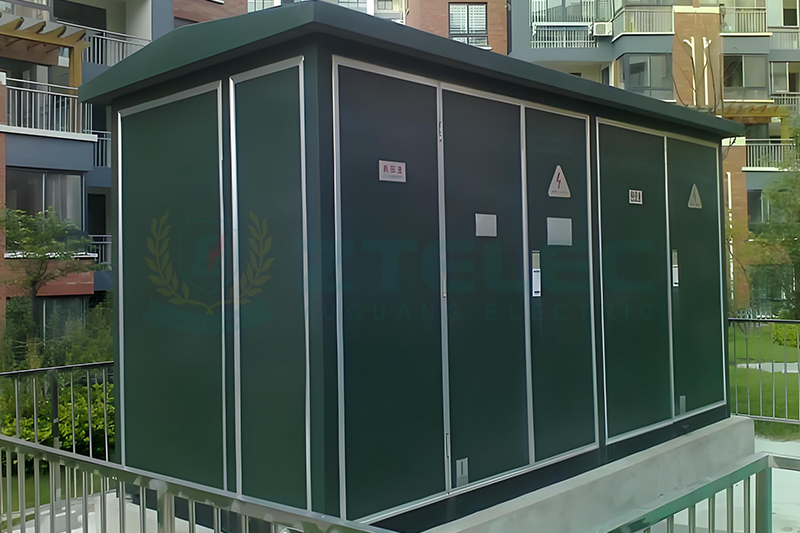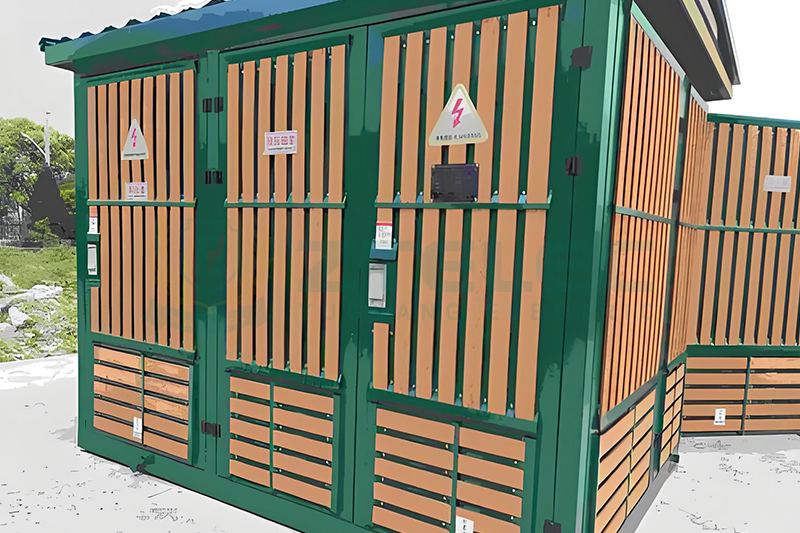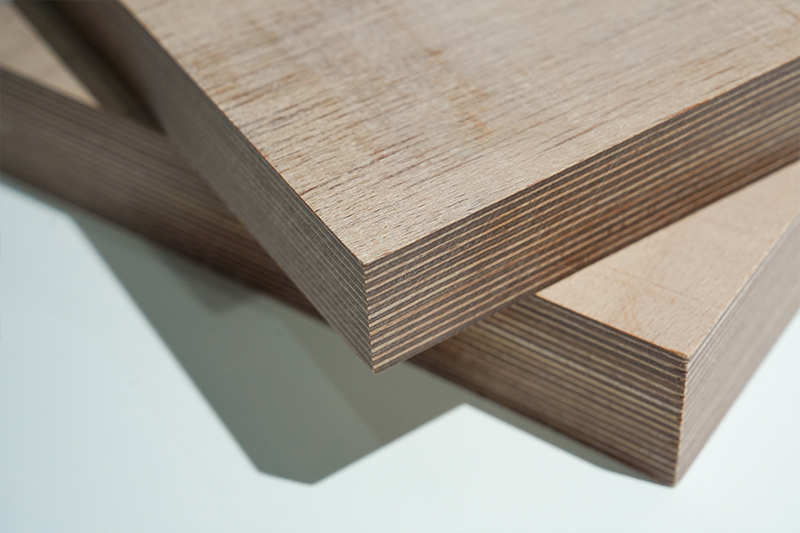Advantages and Disadvantages of European-Style Prefabricated Substations
European-style prefabricated substations are vital components in modern power distribution systems. With an integrated and modular design, they are widely used across urban, industrial, and commercial power networks worldwide. Understanding the advantages and disadvantages of European-style prefabricated substations is essential for selecting efficient and reliable power solutions for your project.

Overview of European-Style Prefabricated Substations
Introduced to China from France and Germany in the late 1970s, European-style prefabricated substations feature a traditional yet compact structural design. They consist of three main parts: a transformer, high-voltage switchgear, and low-voltage switchgear. These components are interconnected using cables or busbars within a weatherproof outdoor enclosure, often arranged in a U-shaped or triangular layout.
This equipment integrates medium-voltage switchgear, low-voltage cabinets, and transformers into one unit, offering strong scalability and flexibility for automated power distribution. It is suitable for multi-story residential buildings, industrial parks, commercial complexes, and high-rise buildings that require stable and continuous power supply.
Advantages of European-Style Prefabricated Substations
1. High Space Utilization
One of the key advantages is the compact integration of the transformer and switchgear, which minimizes land usage. This is particularly beneficial in urban centers, industrial zones, and residential communities where space is limited or land costs are high.
2. Short Installation Cycle
All internal components of the European-style prefabricated substation are assembled, wired, and tested at the factory. After delivery, users only need to complete basic foundation work, hoisting, and external wiring. This reduces construction time and overall installation costs compared with traditional substations.
3. Strong Adaptability
The modular design allows flexible configuration according to load requirements and environmental conditions. Users can choose different types of high-voltage switches, transformer capacities, and low-voltage schemes, making it adaptable for diverse power distribution applications.
4. High Safety and Reliability
European-style prefabricated substations feature a fully insulated and sealed structure with independent compartments for each component. The protection level usually reaches IP23 or higher, effectively preventing dust, moisture, and animal intrusion. This ensures operational safety, reduces maintenance frequency, and extends service life. Independent access doors also allow safe inspection without interrupting operation.
5. Environmental Protection and Aesthetic Design
The outer shell can be customized to harmonize with the surroundings, making it ideal for use in modern urban areas. The transformer chamber is designed with soundproofing, ventilation, and heat dissipation structures to reduce noise and meet environmental protection standards.

Disadvantages of European-Style Prefabricated Substations
1. Limited Transformer Capacity
Due to space constraints, the transformer capacity of a European-style prefabricated substation is generally limited to 1600kVA. For applications requiring higher capacities, such as large-scale factories or data centers, multiple substations or traditional civil substations may be necessary.
2. Difficult Transportation and Installation
The integrated design results in a large and heavy structure, which imposes strict requirements on transportation routes and site accessibility. In mountainous or densely built-up urban areas, delivery and installation can be challenging.
3. Limited Expansion Flexibility
Although modular at the design stage, post-installation modifications—such as increasing transformer capacity or replacing switchgear—are complex and costly. Often, the entire housing must be replaced, making expansion and upgrades less flexible.
4. Higher Initial Investment
The high level of integration and prefabrication increases the initial cost of equipment procurement. While this ensures quality and reliability, it may not be cost-effective for small-scale projects with limited budgets.
The European-style prefabricated substation stands out for its high integration, compact design, and efficient prefabrication process. It offers superior safety, reliability, and aesthetic appeal for modern power networks. However, limitations such as capacity constraints and higher upfront costs should be carefully evaluated based on project requirements, budget, and long-term development goals.
- more+releated article
- 2025-11-12Advantages and Disadvantages of European-Style
- 2025-11-12Analysis of the Insulation Performance of Aram
- 2025-11-11Application of K Factor Transformer
- 2025-11-11High-Power 12-Pulse Low-Harmonic Phase-Shiftin
- 2025-11-11What is Aramid Paper? A Comprehensive Analysis
- 2025-11-10Laminated Wood and SMC: Transformer Insulation
- 2025-11-10Professional Dry-Type Transformer Manufacturer
- 2025-11-072025 Year-End Promotion | Insulation Materials
- 2025-11-07Transformer Insulation Crepe Paper Tube
- 2025-11-07Dry-Type Distribution Transformers for New Ene





